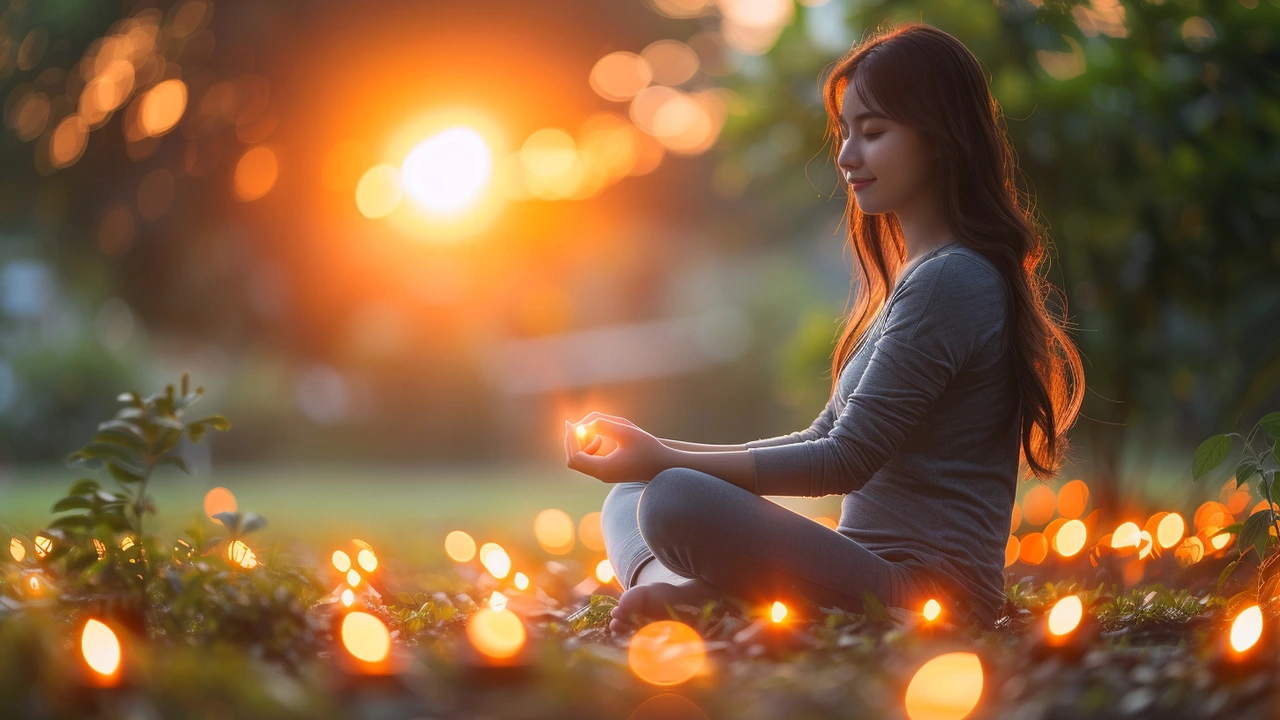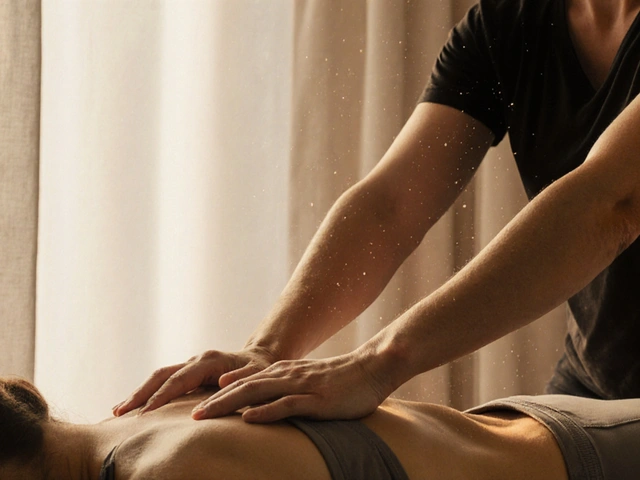Ancient Healing Art: Simple Traditions That Still Work
People used touch, stones, and gentle movement to heal long before modern clinics existed. Those same basic tools—massage, acupressure, and ritual bodywork—still help with pain, stress, and sleep. This page collects practical guides and honest reviews of those methods so you can find what fits your body and your day-to-day life.
What these traditions do and who they help
Ancient healing arts focus on restoring balance. Hilot and Lomi Lomi use flowing strokes to release tension and reset breathing. Acupressure pinpoints pressure spots to ease headaches and nausea. Hot stone and warm-stone massage relax tight muscles fast. Therapies like Feldenkrais and Hellerwork focus on movement and posture, helping with long-term aches rather than quick fixes. If you want less pain, better sleep, or a calmer mind, one of these approaches can usually help.
Some methods suit specific needs: Amma and trigger-point work target stubborn back and neck pain. Ortho-Bionomy and Rolfing help with posture and chronic structural issues. Palliative massage brings comfort in serious illness. Blind massage therapists often develop extra-sensitive touch, which many clients find uniquely effective. Read about the different styles so you match the session to your goals.
Quick at-home moves and what to expect from a session
Try a simple acupressure spot for headaches: press the web between thumb and index finger for 30–60 seconds while breathing slow. For tight shoulders, heat a towel for five minutes then gently knead the traps with circular motions. These small actions aren’t magic, but they can lower pain and stress in minutes.
A professional session usually starts with a short chat about health history and goals. Expect warmth, steady pressure, and time for feedback—good therapists check in during work. Some sessions include stretches or movement lessons (Feldenkrais, Hellerwork), while others use oils, stones, or rhythmic strokes (Lomi Lomi, HIlot). If a technique feels too strong, say so—pressure is adjustable.
Safety note: avoid deep work on fresh injuries, open skin, or uncontrolled health conditions. Pregnant people, those with blood-clot risks, or recent surgery should consult a doctor first. When in doubt, choose a gentler technique like warm stone, gentle acupressure, or Ortho-Bionomy.
Want a quick way to pick a practitioner? Look for clear communication, proper credentials, and client reviews that mention results—not just ambience. Ask about session goals and how often you should return. Many traditions work best across several sessions, not just one visit.
Explore the posts on this tag to read focused guides—Hilot, Lomi Lomi, acupressure tips, stone therapy, and practical how-tos. Try one small technique, notice how your body responds, then decide if you want deeper work. Ancient healing isn’t mysterious; it’s useful, hands-on care you can trust when you know what to expect.

Acupressure: The Ancient Healing Art You Need to Try
Hello there, fellow health seekers! In this post, we're exploring acupressure, an ancient healing art that promises to rejuvenate the body and mind. We'll delve into its origins, how it works, and the many health benefits it offers. This timeless technique could be just the wellness discovery you need to elevate your holistic health journey. Join me as I uncover the beauty of this healing tradition.
Categories
- Health and Wellness (148)
- Alternative Therapies (86)
- Massage Therapy (40)
- Travel and Culture (15)
- Beauty and Skincare (9)
- Holistic Health (8)
- Health and Fitness (5)
- Spirituality (5)
- Other (2)
- Personal Development (2)
Popular Articles



